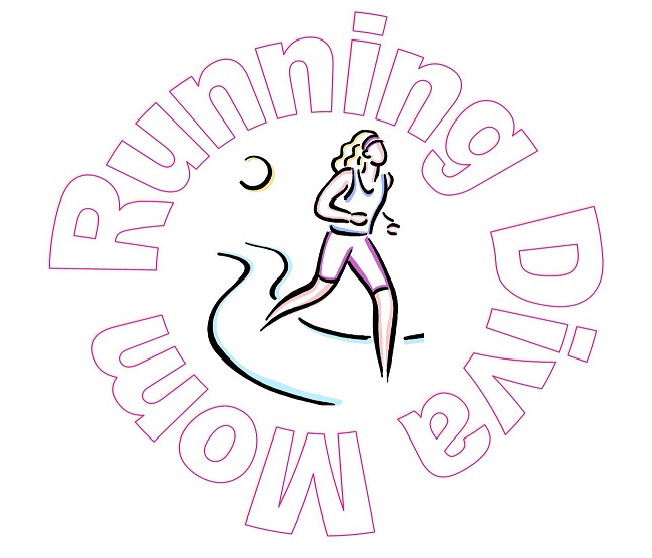Many of my new and existing clients comment that they struggle with their breathing during their runs on their own. I especially find this to be a common concern in my introductory classes, as the number one reason that individuals haven't enjoyed running on their own. Here are some of my top tips for making your runs more comfortable and enjoyable, while working on your form, posture and breathing pattern. Remember that these approaches aren't a one-size-fits-all suggestion and that you should experiment with different breathing patterns and exercises that will enhance your own workouts.
- Complete a 5-10 min warm-up before your run. This will warm-up your body and gradually increase your rate of your breathing. Consider a walk or a dynamic warm-up built around your specific needs (tight hips, hamstrings, shoulders, etc) and some light cardio. If you perspire a little during your warm-up, this is even better, as your body is already forming a breathing pattern due to some level of exertion.
- Breathe from the “belly”. You can first try this in a seated or standing position during your warm-up or laying down on the floor while stretching. Then you can introduce it during your run once you’ve mastered it. Place one hand on your belly and the other on your chest. Watch your hands rise and lower with each breath. Babies naturally breathe from their belly, as you will notice their tummy rise and fall. Try to reteach yourself to do this by dropping your shoulders and bring them back with each exhale. Open up the front of your body and force all of the air out of your lungs. Try to make your belly move instead of your chest.
- Try breathing in through your nose and out through your mouth. If you breathe exclusively through your mouth, your mouth will become dry and may experience some dehydration.
- If you always inhale and exhale on the same side that you step, you will naturally endure greater stress on one side of the body. This will surely strain that side of your body and you are at a greater risk for imbalances and injury. Be full body conscious, by focusing on your breathing pattern and your footwork.
- Having a 3:2 (for easier running) or 2:1 (for faster running) pattern instead of a 2:2 pattern will alternate which foot you step on with each exhale (the greater stress). Work on this while you are doing your dynamic warm-up to introduce the breathing pattern during your workout.
- Find a good rhythm. Try counting backwards in sets of five (an uneven number to alternate the foot that you exhale on), i.e.: 10/10/10/10/10 … 9/9/9/9/9 … and so on.
- Use similar rhythms with your breathing with walking and other forms of exercise that you enjoy. This will assist in making your breathing patterns more natural and comfortable when you are running.
- Approach your run at a conversation pace and not running to fatigue. You should be able to hold a casual conversation of 2-3 sentences versus quick, one word responses. Instead of being forced to walk or wanted to quit your run, focus on keeping a comfortable pace, where you can comfortably hold a conversation with your running partner, your coach or your child riding their bike alongside you.
- Incorporate pre-determined run/walk breaks. Similar to running at your conversation pace, embracing short, prescribed walk breaks can allow you to recover your breathing, before you become breathless. Incorporating these walk breaks ahead of time can also make you more successful, both physically and mentally. There is no thought of “quitting” in this approach. Play around with the timed run/walk intervals until you find yourself successful with your level of exertion and breathing.
- Turn off the tunes. Instead get in tune with your body and your breathing rhythm. This will allow you to become more aware of your breathing pattern instead of moving to the beat of the music – sometimes faster than we should be running during an easy run. Listen to your feet on the ground and get your breathing in a rhythm with your footwork.
- Open up the chest. Many of us either naturally become fatigued after a hard run or race or experience some rounding in the shoulders and upper body from sitting at a desk all day. Focus on dropping the shoulders and bring the shoulders back, with a slight forward lean at the waist. This will allow you to open-up the chest and the diaphragm and allow more air in with each inhale. You can further stretch out the chest, to open-up the front of your body and allow more air in. Hold the stretch for 20-30 seconds on each side.
- In addition to stretching out the chest you can also work on strengthening your back. Give some of these back strengthening exercises a try before or after your next run. This will make your back stronger, reverse the rounding of the upper body and therefore support the front. Again, this will allow more air in and help you keep better posture during your workouts and throughout the day.
Contralateral Limb Raises | Single-arm Row | Shoulder Packing
Prone Scapular (Shoulder) Stabilization Series - I, Y, T, W, O Formation - Adjust you glance. Similar to being hunched over, you may be naturally looking down at the ground in front of you. This may be from your daily activities of life or your form during your run. Try not to create a “double chin” and watch your feet. Try to keep your chin up and at a slight angle. Try to keep your gaze up and ahead over the horizon. This will naturally change your posture.






